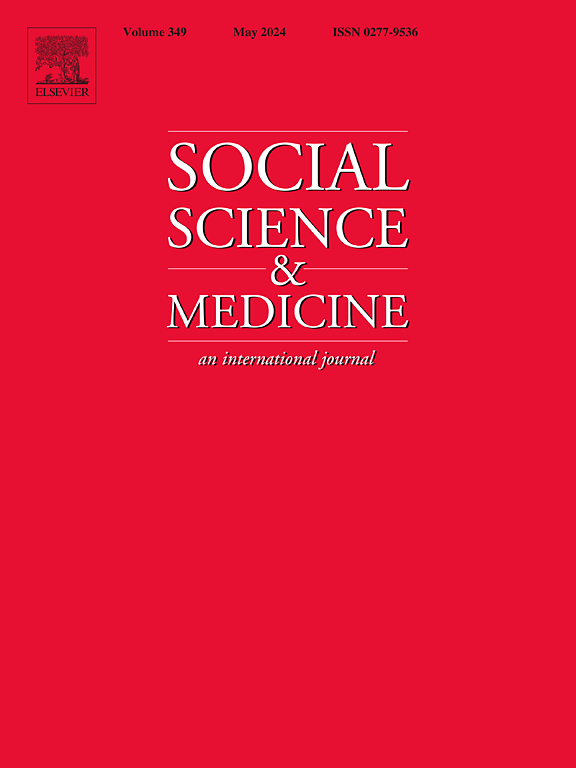Living arrangements and chronic disease accumulation among native-born and immigrant older adults in Europe
IF 4.9
2区 医学
Q1 PUBLIC, ENVIRONMENTAL & OCCUPATIONAL HEALTH
引用次数: 0
Abstract
Background
Who we live with in later life significantly influences the daily care support we receive, potentially moderating chronic disease trajectories. For immigrants, this relationship is further complicated by cultural preferences for certain living arrangements. This study examines the differential role of living arrangements in chronic disease accumulation among native-born and immigrant older adults in Europe.
Methods
Using data from the Survey of Health, Ageing and Retirement in Europe (2006–2022), we analyze how living arrangements moderate the relationship between age, migration background, and the number of chronic diseases. We also conduct stratified analyses based on immigrants’ countries of origin. All models employ inverse probability weights for panel attrition and panel-robust standard errors for longitudinal data. Analyses are conducted separately for men and women.
Results
Immigrants generally have a higher chronic disease burden than native-born individuals, although the size of this disparity varies by living arrangements. Among native-born men and women, living with a partner/spouse or family is related to fewer chronic diseases than living alone. Conversely, among immigrants, these benefits of shared living arrangements are absent for men and weaker for women. We also find that the role of living arrangements in chronic disease accumulation among immigrants varies by their country of origin, as supported by, for instance, a considerable chronic disease burden among immigrant women from low HDI countries who live as a family.
Conclusion
Older immigrants, particularly men from highly developed countries and women from less developed countries, may experience fewer health benefits from living with a partner or with family. Our findings indicate that these immigrant households may have excessive caregiving burdens, which could contribute to unhealthy aging among immigrants in later life.
求助全文
约1分钟内获得全文
求助全文
来源期刊

Social Science & Medicine
PUBLIC, ENVIRONMENTAL & OCCUPATIONAL HEALTH-
CiteScore
9.10
自引率
5.60%
发文量
762
审稿时长
38 days
期刊介绍:
Social Science & Medicine provides an international and interdisciplinary forum for the dissemination of social science research on health. We publish original research articles (both empirical and theoretical), reviews, position papers and commentaries on health issues, to inform current research, policy and practice in all areas of common interest to social scientists, health practitioners, and policy makers. The journal publishes material relevant to any aspect of health from a wide range of social science disciplines (anthropology, economics, epidemiology, geography, policy, psychology, and sociology), and material relevant to the social sciences from any of the professions concerned with physical and mental health, health care, clinical practice, and health policy and organization. We encourage material which is of general interest to an international readership.
 求助内容:
求助内容: 应助结果提醒方式:
应助结果提醒方式:


